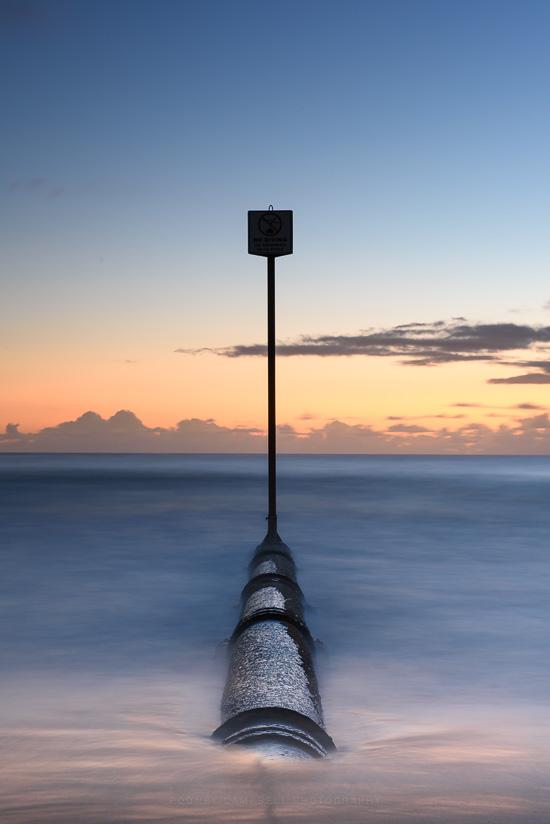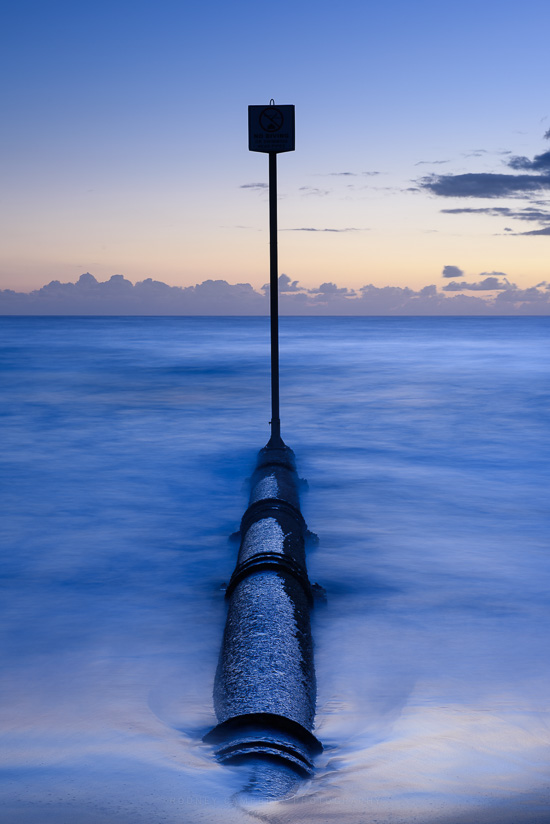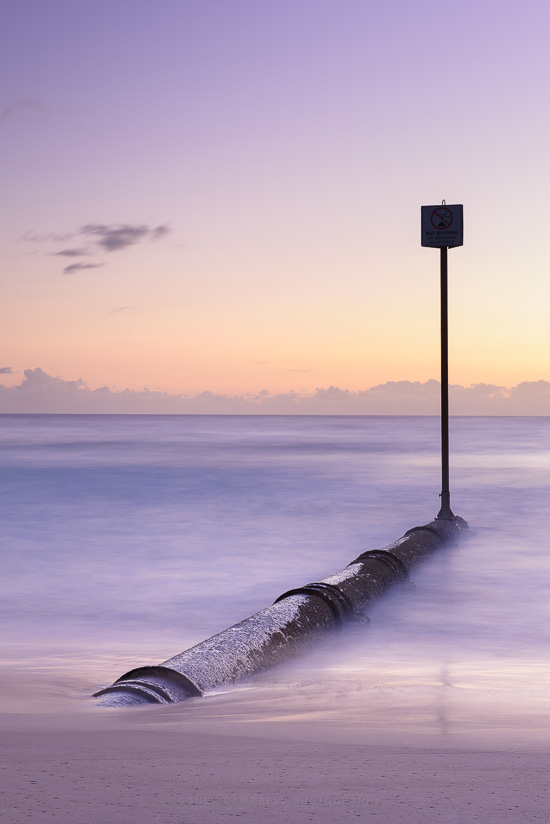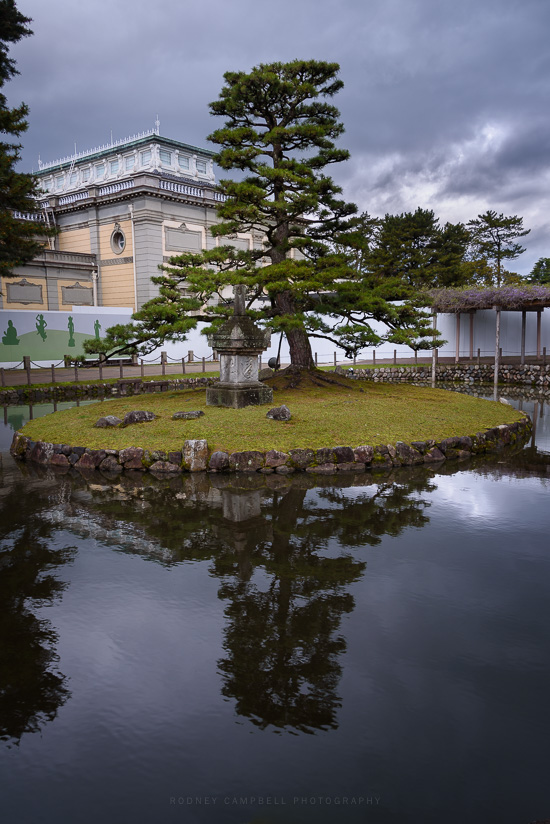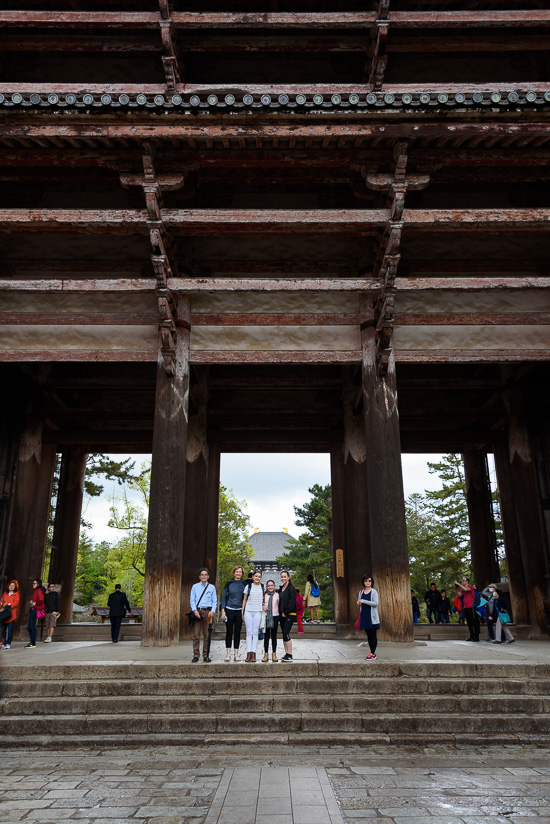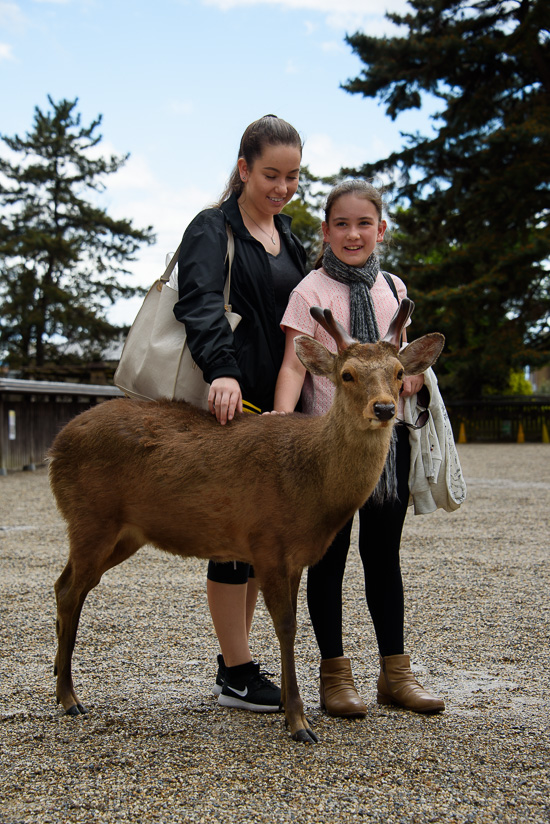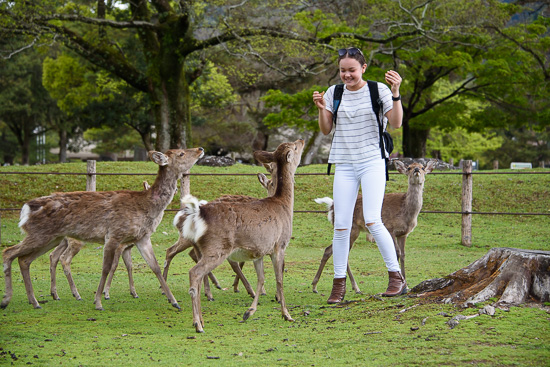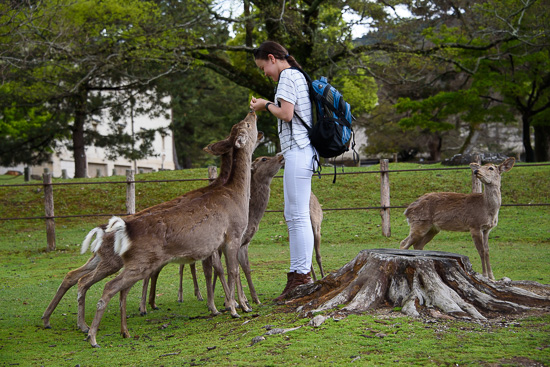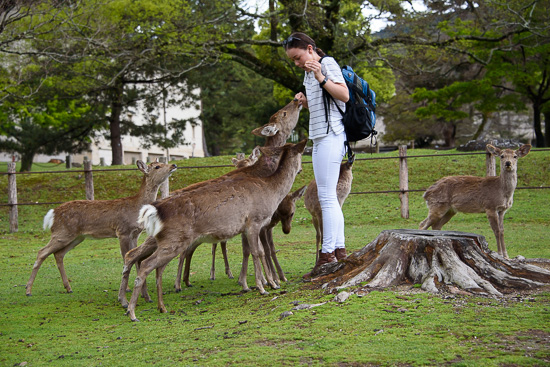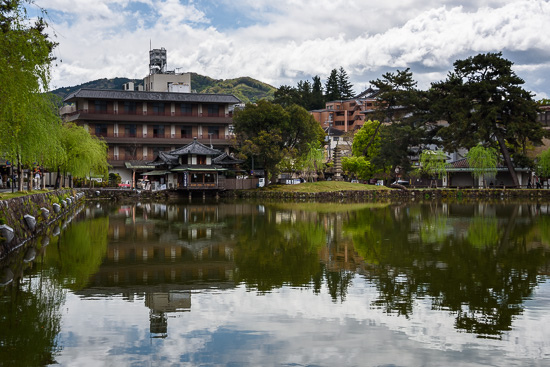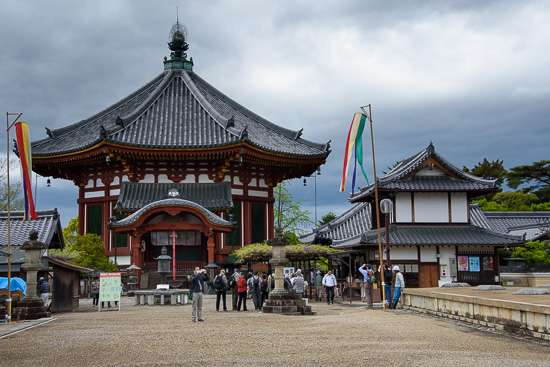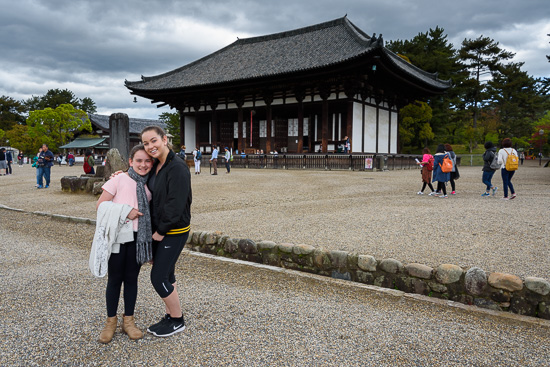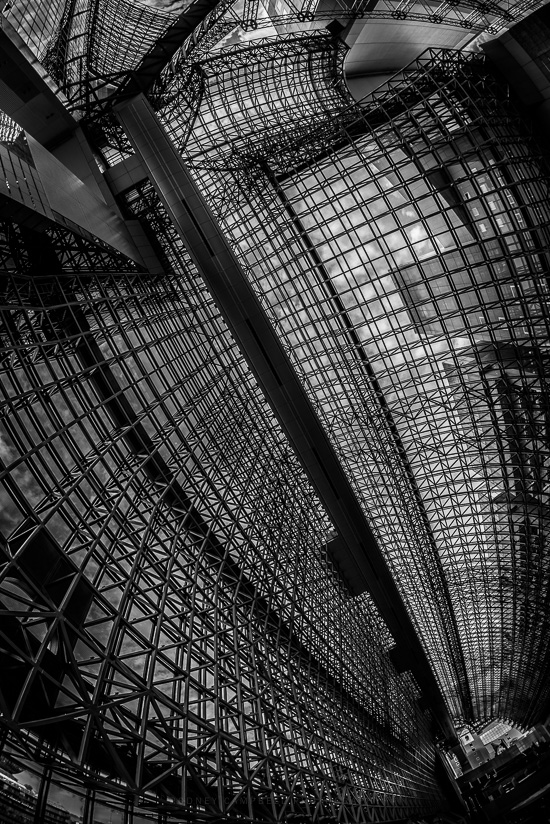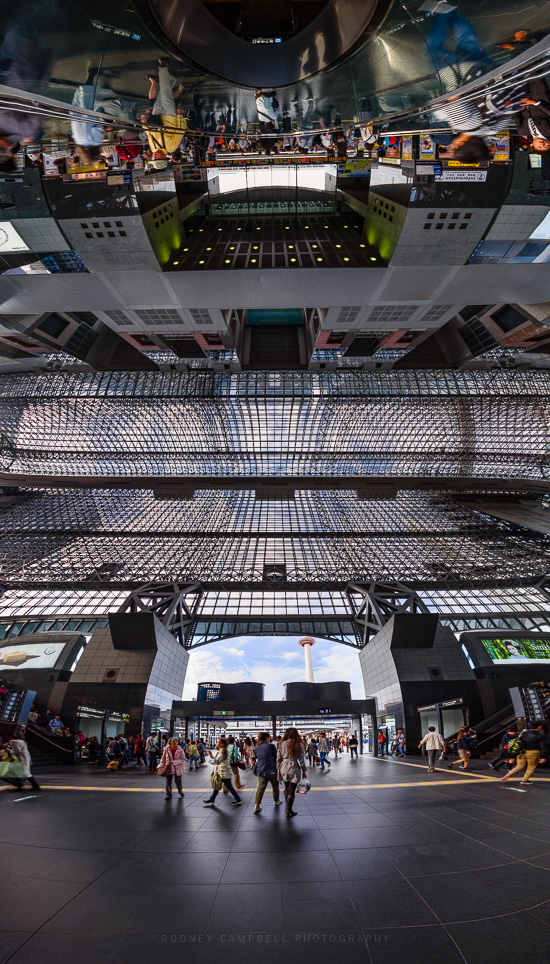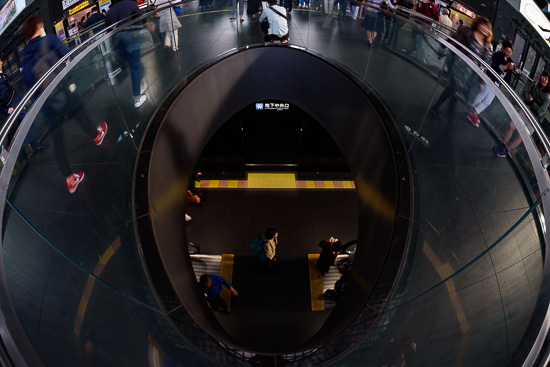Archive for January, 2017
Manly Pipes…
by Rodney Campbell on Jan.10, 2017, under Life, Photography
There are a few ocean outflow pipes heading straight out over the beach and out to sea along Sydney’s famous Manly beach. Probably best not to think too much about what goes out of these into the ocean :(…
Drained Arrow
Got a late night hitup from my friend Gerry to shoot sunrise the next morning :). Scrambling for ideas we looped through a number of scenarios and eventually came back to these. We’d both never shot the pipes on Manly beach before so figured what the heck…
I’d arrived about fifteen minutes before Gerry so wandered down onto the beach where this single pipe was located.
Tried my hand at a few early twilight natural long exposures. I decided for this I wanted to stand back a little from the pipe and use a longer lens to get the pipe to feel larger in the frame. The fact that I’d likely keep my feet dry doing this never crossed my mind.
The first image above was at 5:15AM, still 40 minutes till sunrise.
Torpedoed
I tried a few angles, down very low and standing up much higher, as in the image above.
The actual sunrise was looking like a bit of a bust. Quite a bit of cloud right down low on the horizon was likely to kill any chance of anything spectacular. It did make for some nice pastels before sunrise however.
Pastel Flow
Gerry had arrived at the southern end of the beach where the double pipes were. I chanced one more shot angled more from the side and then made a move to join him.
Heading to Nandai-mon Gate…
by Rodney Campbell on Jan.08, 2017, under Life, Photography
We were heading towards Nandai-mon Gate on our way to visit Todaiji. It is one of Japan’s most famous and historically significant temples.
Nara National Museum
Nandai-mon (the Great South Gate) is the main gate of Tōdai-ji. The original, erected during the Nara period, was destroyed by a typhoon during the Heian period. The present structure, which dates to the Kamakura period, was built using what is known as the ‘Daibutsu style’.
Nandai-mon Gate
The ridgepole was raised in 1199 and the structure was completed in 1203 along with the statues of the guardian dieties, the Two Ni-ō housed in the gate. The gate with its double hip-and-gable roof is five bays wide and two bays deep. Originally there were three pairs of doors. The eighteen giant pillars that support the roof measure twenty-one meters and the entire structure rises 25.46 meters above the stone plinth on which it rests. The Great South Gate is the largest temple entrance gate in Japan.
The Wandering Deer at Nara…
by Rodney Campbell on Jan.06, 2017, under Life, Photography
It isn’t very long before you have your first encounter with Nara’s famous deer. According to the legendary history of Kasuga Shrine, a mythological god Takemikazuchi arrived in Nara on a white deer to guard the newly built capital of Heijō-kyō. Since then they have been regarded as heavenly animals, protecting the city and the country.
Wandering
Nara Deer
Note: These photographs (especially the wider shots) look much better when larger. To see larger versions in an inline overlay slideshow gallery viewer click any of the images.
The sika deer (also known as spotted or Japanese deer) freely roam through the town, especially in Nara Park.
They are surprisingly tame, although they can be aggressive if they think you will feed them. Crackers specifically designed to feed the animals are for sale around the park and once they know you have them all is lost :).
Grazing
My youngest daughter gave up immediately when she’d been handed some crackers. She was instantly mobbed and threw the crackers in the air whilst running away :). My middle daughter was better able to control the flow of broken up crackers to all those hungry mouths. Well some of the time at least :). Being taller probably helps :).
Demanding
Killing one of these sacred deer was a capital offense, punishable by death up until 1637, the last recorded date of a breach of that law.
After World War II, the deer were officially stripped of their sacred/divine status, and were instead designated as national treasures and are protected as such.
A Day in Nara…
by Rodney Campbell on Jan.04, 2017, under Life, Photography
Today we were spending the day visiting the beautiful region of Nara.
Nara is located less than one hour from Kyoto and Osaka. Due to its past as the first permanent capital, it remains full of historic treasures, including some of Japan’s oldest and largest temples.
Sarusawa-ike Pond
Note: These photographs (especially the wider shots) look much better when larger. To see larger versions in an inline overlay slideshow gallery viewer click any of the images.
Japan’s first permanent capital was established in the year 710 at Heijo, the city now known as Nara (奈良). As the influence and political ambitions of the city’s powerful Buddhist monasteries grew to become a serious threat to the government, the capital was moved to Nagaoka in 784.
Nanendo
With eight Unesco World Heritage Sites, it’s second only to Kyoto as a repository of Japan’s cultural legacy.
Kōfuku-ji
Kyoto Station…
by Rodney Campbell on Jan.02, 2017, under Life, Photography
The Kyoto Station (京都駅, Kyōto-eki) building was constructed on the 1200th anniversary of the capital’s foundation in Kyoto. It was opened to the public in 1997 and stands in perfect contrast to many foreign tourist’s image of Kyoto as the capital of traditional Japan.
This is a major railway station and transportation hub in Kyoto and is Japan’s second-largest station building (after Nagoya Station). The station is also one of the country’s largest buildings. Incorporating a shopping mall, hotel, movie theater, Isetan department store, and several local government facilities under one 15-story roof.
Kyoto Ceiling
The building’s futuristic design and atmosphere was conceived by the Japanese architect Hara Hiroshi. Hara’s design attempts to convey historical Kyoto through a modern aesthetic. The station’s large main hall with its exposed steel beamed roof is called the Matrix. It is meant to reflect both the structure of the station and the grid like layout of Kyoto’s street network.
The place is enormous and with all this funky architecture and lines is a perfect spot for a little ultra wide angle architectural fun.
Kyoto Station Loop
This image above is an almost complete 360˚ vertical panorama (or vertorama). It comprises seven (7) overlapping horizontal frames with the Sigma fisheye. Reading the image from bottom to top it shows the relatively normal view looking straight out of the station at the bottom. As you pan up you’re looking straight up to the roof and then over to the inside of the station behind you. Then finally at the top you’re actually looking down through a large oval opening in the floor to the subway platform and train below.
Note: These photographs (especially the wider shots) look much better when larger. To see larger versions in an inline overlay slideshow gallery viewer click any of the images.
Subteranean Kyoto
